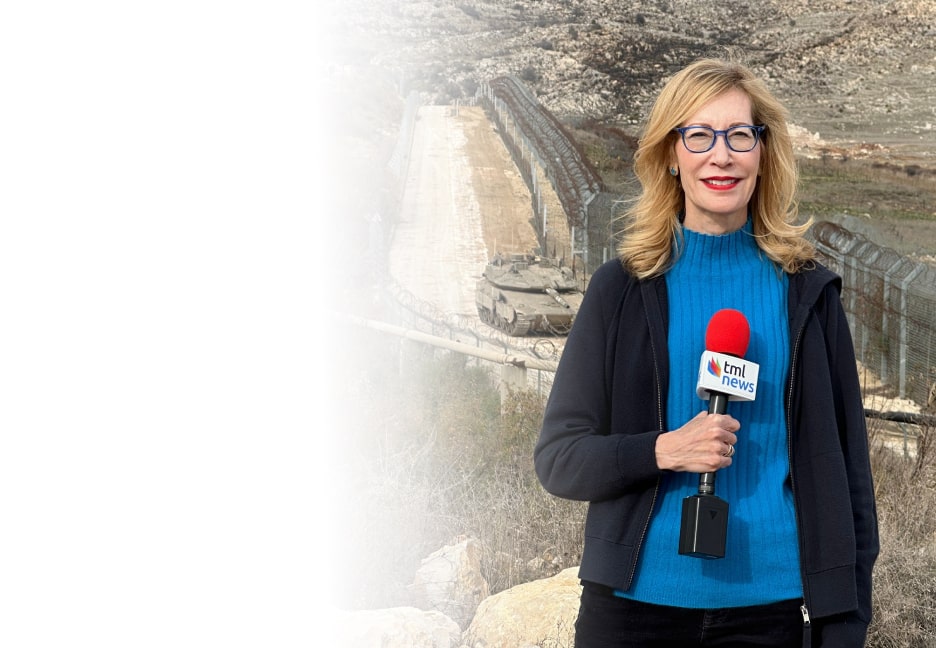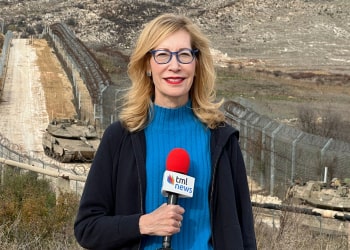Archaeologists Uncover 5,000-Year-Old Temple Near Beit Shemesh in Judean Lowlands
A team from the Israel Antiquities Authority has discovered a 5,000-year-old settlement near Beit Shemesh that may include one of the earliest known temples in the Judean Lowlands. The site, uncovered during excavations ahead of the city’s western industrial zone expansion, offers new insights into the region’s early urbanization.
The excavation at Hurvat Husham revealed a public building believed to have been used for ritual activities. Inside one of its rooms, archaeologists found about 40 intact vessels, including many small ones thought to have symbolic significance rather than domestic use. “It is interesting that these many pots and juglets were placed here just shortly before the entire site was abandoned forever,” said excavation directors Ariel Shatil, Maayan Hemed, and Danny Benayoun. “You can literally imagine the people who put down this ware and left it all here.”
Signs of burning and toppled vessels suggest a sudden event led to the site’s abandonment. Laboratory analysis of the vessels’ contents is expected to provide further insights into the settlement’s history. The structure’s size, broad walls, and interior benches indicate it was an important public building, possibly a temple. “We know almost no public buildings in Israel from this ancient period and earlier,” the researchers noted.
This holiday season, give to:
Truth and understanding
The Media Line's intrepid correspondents are in Israel, Gaza, Lebanon, Syria and Pakistan providing first-person reporting.
They all said they cover it.
We see it.
We report with just one agenda: the truth.


Adjacent to the building, a complex with large standing stones arranged in rows was discovered. These stones were erected before the construction of the enclosed building, indicating a transition from open public worship to more controlled ritual activity. Dr. Yitzhak Paz, an Early Bronze Age expert at the Israel Antiquities Authority, stated that this progression reflects an increase in social complexity and urbanization.
Two of the earliest pottery kilns ever found in Israel were also uncovered at the site. The settlement’s expansion over the past three and a half years reflects its significance in understanding the origins of urban society in the region. “The site teaches us that about 5,000 years ago, the first steps were already taken toward the development of an urban society in the Judean Lowlands,” said the excavation managers.
Israel Antiquities Authority Director Eli Escusido remarked, “The Land of Israel, due to its nature and its geographical location, was a fertile ground for the development of ancient civilizations. The Hurvat Husham site uncovered by the researchers … reveals another important piece in the puzzle of urban development in our region.”
The findings and artifacts from Hurvat Husham will be presented at the 17th Discoveries in the Archaeology of Jerusalem and Its Surroundings Conference, to be held on October 30-31, 2024, at the Jay and Jeanie Schottenstein National Campus for the Archaeology of Israel.

